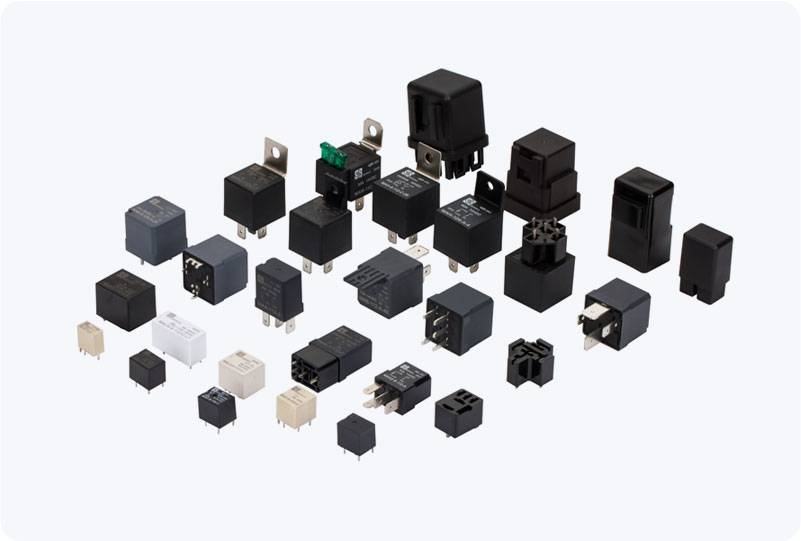High-power relays are crucial components in electrical systems that deal with high voltage and high current. These relays are designed to control large electrical loads safely and reliably, making them indispensable in a wide range of applications, from industrial machinery to power distribution systems. This article explores the role of high-power relays, their working principles, types, and applications, highlighting their significance in modern electrical infrastructure.

What is a High-Power Relay? A high-power relay is an electrical switch designed to handle substantial electrical loads. Unlike standard relays that are typically used in low-power circuits, high-power relays can switch larger currents (often 10A and above) and higher voltages (from hundreds to thousands of volts). They are engineered to withstand the stresses of high power and to perform reliably over extended periods, even under harsh conditions. These relays often feature larger contacts and more robust construction to handle the increased electrical demands. Working Principles of High-Power Relays